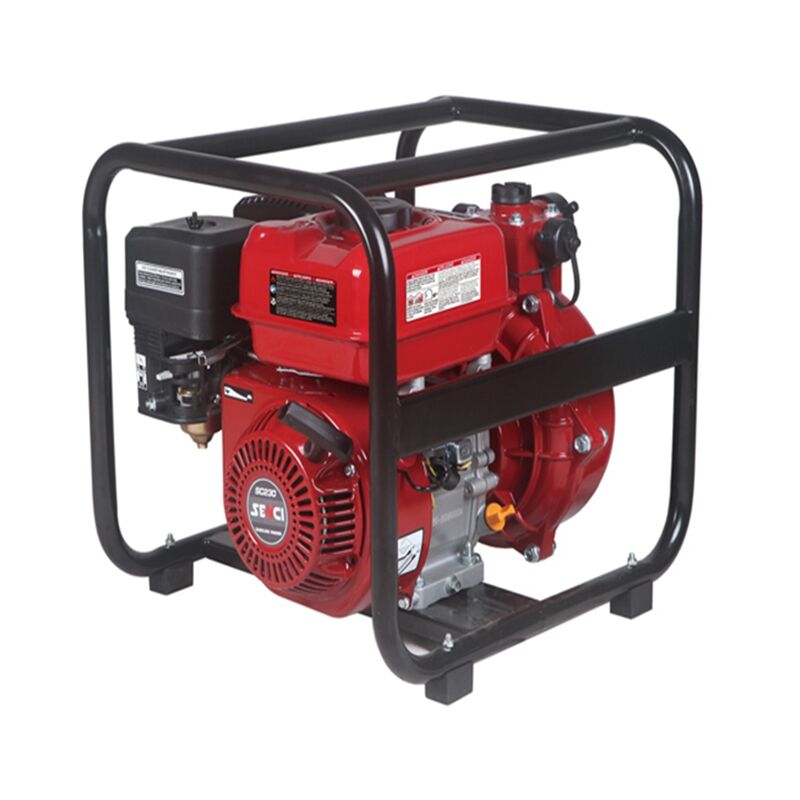Gasoline engines are vital machines which keep the many cars we see driving down the road each day running in motion. This lesson helps us understand how our cars work and move. This is something that makes us understand and appreciate the technology involved in making our cars work.

Understanding the Basics of Petrol Engine
The gasoline engine by Senci was built to take the stored energy held within gas and turn it into movement that turns our cars. This process is called combustion. Gas goes into the cylinders, where air mixes with it to create fuel. After having mixed the gasoline and air, a small spark is introduced to ignite this mixture. This spark ignition results in a very minor explosion that drives down the component referred to as piston. When the piston falls down, it causes another part called crankshaft to turn too—this is what turns your car wheels and makes your vehicle move forward.
Gas Engine breaks down the critical parts
Gasoline engines are made up of a lot of important parts that work in unison to help the Engine run smoothly and efficiently. The primary parts that need machining are the cylinders, pistons, crankshaft, camshaft and valves. Within the cylinders is where combustion takes place, and it's through this process that pistons reciprocate inside them to capture energy from burning gasoline. The crankshaft receives the power created by the pistons and direct it to wheels, in turn making them rotate themselves while moving a car. The camshaft also plays a vital role by making all the valves operate. Together, these valves determine how much air and gasoline enter the cylinders as well as waste gases that leave.
More Parts of the Engine
Apart from the major parts we discussed, there are others that can be essential for a gasoline engine to work as properly and efficiently. Fuel injectors for one thing deliver gasoline to the correct part of an internal combustion engine at exactly the right time. And of course the exhaust system, which removes all those waste gases generated during combustion so they do not saturate inside the motor. Also, the engine comes to a cooling system which avoids getting too hot while flying. This is key, because an overheated Silent Diesel Generator engine can lead to major issues. It has a lubrication system as well to keep the parts from rubbing too much on each other and wearing out. Finally, the ignition system generates the spark to light fuel and air mixture. Engine can starts and perform accurate if all of such parts working in harmony with each other.
Gasoline Engine Basics Explained
To just sum it up, gasoline engines are smart equipment which enables our cars to have movement with the help of converting gasolines into energy. They are composed from many different parts all requiring numerous levels of coordination to function properly, and as we learn about these components it can help us realize the remarkable level engineering that goes into striking this balance within a single machine. The combustion process consists of: a variety or different steps that all need to be timed perfectly so they work together. While gasoline engines may appear complicated on the surface, when you strip away all of he general massaging elegant science and it becomes an awesome learning tool. That brings us into this wild and wonderful world of how to maximize these Gasoline Generator engines for both fun, learning — oh. — and then we marvel at the in technology virtually every vehicle around you today.

